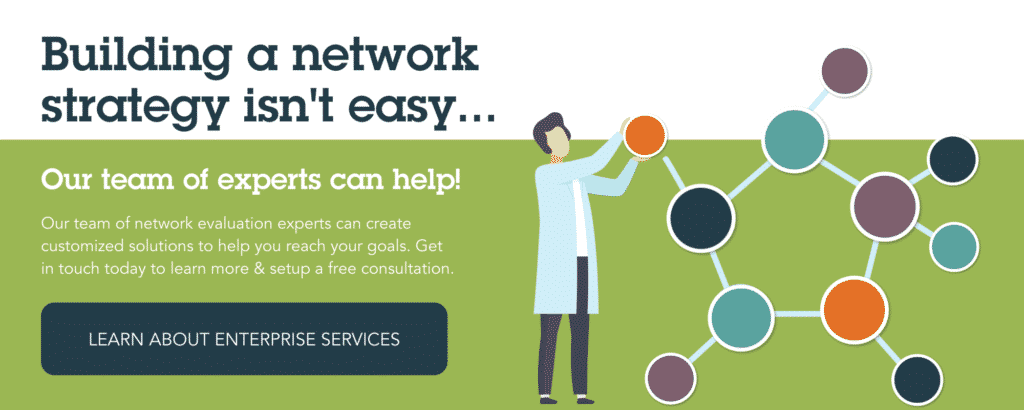Dimensions of Connectivity in Public Health Collaboratives

A major challenge facing state and local public health agencies is how to partner with other organizations, agencies, and groups to collaboratively address goals in population health while effectively maximizing resource sharing of the partners involved. Today’s public health efforts require multiagency partnerships between both governmental and nongovernmental sectors to achieve this mission. However, the frequent reconfiguration of partnerships among government and nongovernmental agencies has left many public health managers struggling to find ways to both develop public health collaboratives and evaluate their success. In this article, we use network theory and social network analysis to outline the core dimensions of connectivity used to measure progress in public health collaboratives. Connectivity is defined as the measured interactions between partners in a collaborative such as the amount and quality of interactions and how these relationships might change over time. We also articulate how these measures fit into the overall process of measuring progress in public health collaboratives and end the article with suggestions for future research and development.
Looking for more information and resources about dimensions of connectivity? Visit our Resources Library for info on all our unique network metrics, like value, trust and mission success!
We also recommend the resources at the Network Weaver website: click here to see them all!





